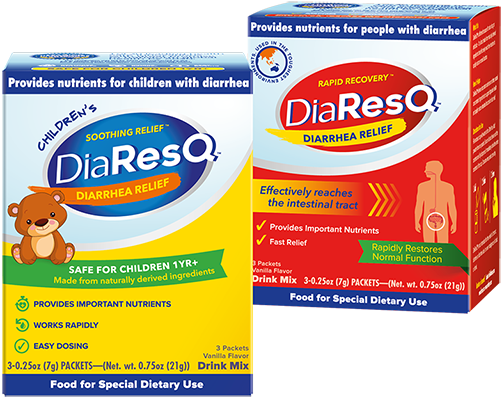While Food for Special Dietary Use might sound complicated, it’s simply a way to categorize foods that aren’t conventional or medical foods or dietary supplements. Considering we live in a day and age when food packaging and products can be quite confusing (to say the least), it is important to understand the differences.
What is a Food for Special Dietary Use?
According to the FDA (Federal Drug Administration), foods and food products are broken down into the following categories, whose differences include the development of a product, labeling, marketing, and use, among other considerations.
Food for Special Dietary Use
To understand this category of foods a little bit better, you can think of them as food used to address dietary needs that you might have due to a physical or physiological condition, or other. These conditions could be due to illness, pregnancy, and lactation, being under or overweight or being sensitive or allergic to foods.
Foods for Special Dietary Use can be beneficial because (unlike medical foods) they are widely available. They also may have fewer side effects than pharmaceuticals, and your body digests them similarly to the way it digests conventional food. You don’t need any sort of medical supervision to purchase and consume them. Most importantly, food for special dietary use is food. Therefore, you can feel more comfortable consuming it and giving it to your family.
This type of food has shown promise in recent years. We’re excited to support consumer’s health in a new way.





